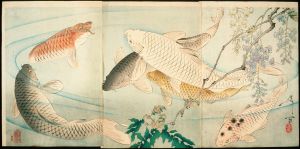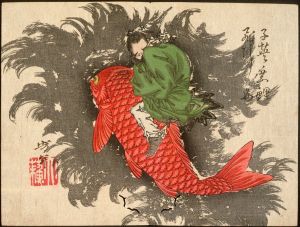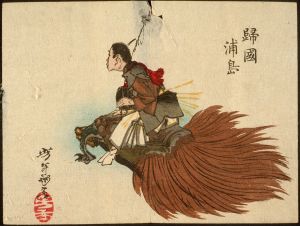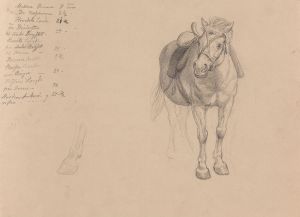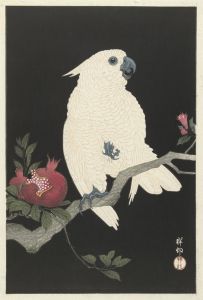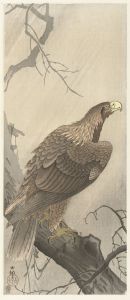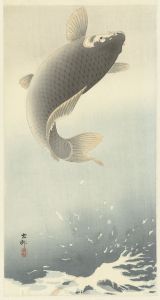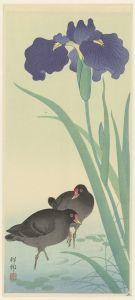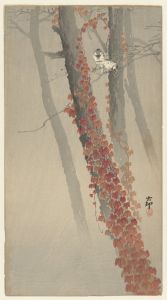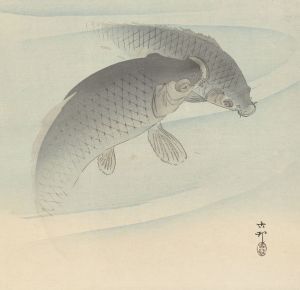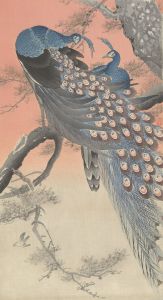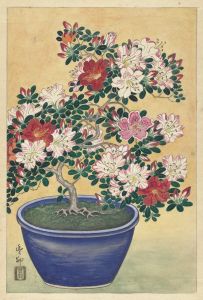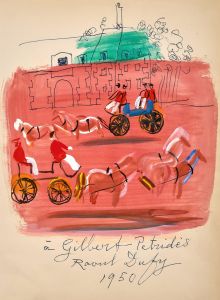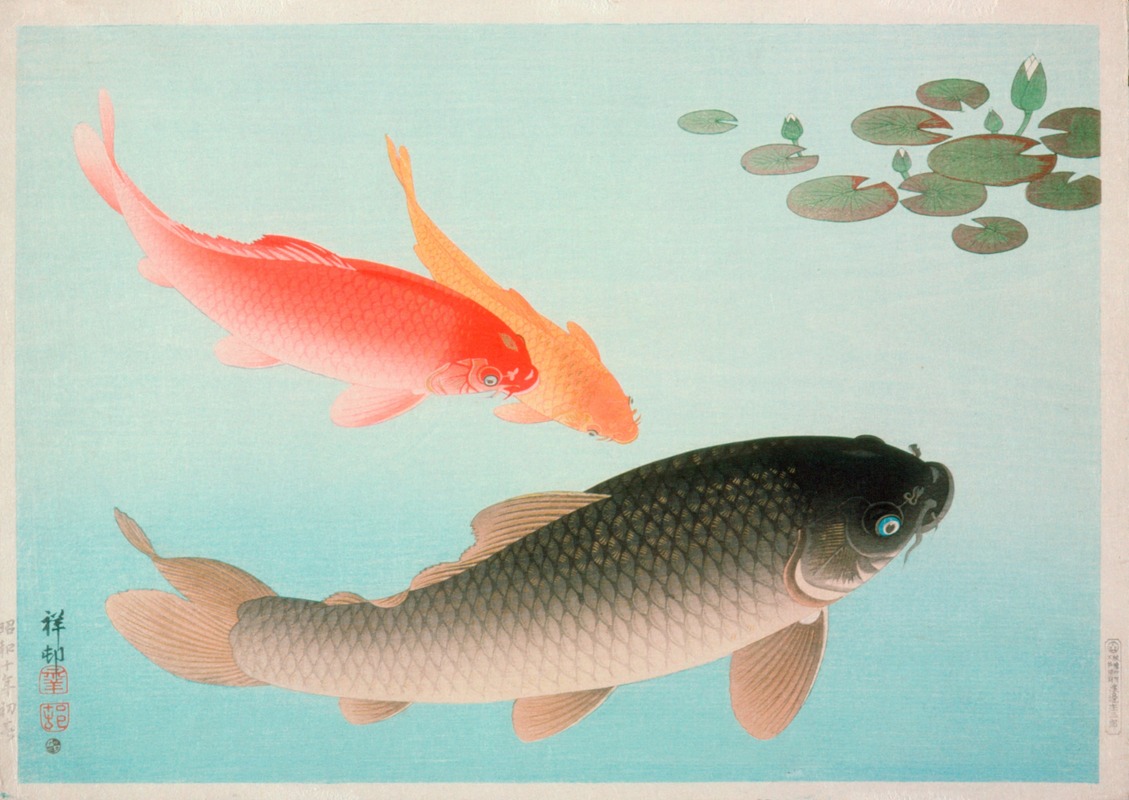
Common And Golden Carp
A hand-painted replica of Ohara Koson’s masterpiece Common And Golden Carp, meticulously crafted by professional artists to capture the true essence of the original. Each piece is created with museum-quality canvas and rare mineral pigments, carefully painted by experienced artists with delicate brushstrokes and rich, layered colors to perfectly recreate the texture of the original artwork. Unlike machine-printed reproductions, this hand-painted version brings the painting to life, infused with the artist’s emotions and skill in every stroke. Whether for personal collection or home decoration, it instantly elevates the artistic atmosphere of any space.
Ohara Koson (1877–1945) was a prominent Japanese artist known for his exquisite woodblock prints, particularly those depicting birds and flowers, a genre known as kachō-e. He was part of the shin-hanga (new prints) movement, which revitalized traditional ukiyo-e art with a modern sensibility during the early 20th century. Koson's work is celebrated for its delicate beauty, attention to detail, and the harmonious composition of natural subjects.
"Common And Golden Carp" is one of Koson's notable works, showcasing his skill in capturing the grace and elegance of aquatic life. While specific details about this particular piece are limited, it is representative of Koson's broader oeuvre, which often features serene and meticulously rendered scenes from nature. His prints typically highlight the subtle interplay of color and form, bringing to life the tranquil beauty of the natural world.
Koson's artistic style is characterized by a refined use of color and a keen eye for detail, which are evident in his depictions of carp. Carp, or koi, are a significant motif in Japanese art and culture, symbolizing perseverance, strength, and good fortune. In "Common And Golden Carp," Koson likely employs these symbolic meanings, presenting the fish with a sense of elegance and vitality. The composition would typically feature the carp swimming gracefully, with careful attention to the fluidity of their movements and the shimmering quality of their scales.
Koson's work was part of a larger movement that sought to appeal to both Japanese and Western audiences. The shin-hanga movement, which emerged in the early 20th century, aimed to revive traditional Japanese woodblock printing by incorporating Western elements such as perspective and shading, while maintaining the quintessentially Japanese aesthetic. Koson's prints were particularly popular in the West, where they were appreciated for their beauty and craftsmanship.
The production of Koson's prints involved collaboration with skilled artisans. The process began with the artist creating a detailed design, which was then carved into wooden blocks by a master carver. Each color in the print required a separate block, and the final image was produced by pressing paper onto the inked blocks in a precise sequence. This collaborative effort was essential to achieving the high level of detail and vibrant color that Koson's prints are known for.
Koson's work, including "Common And Golden Carp," continues to be celebrated for its artistic merit and its contribution to the shin-hanga movement. His prints are held in high regard by collectors and are featured in numerous art museums and galleries worldwide. They serve as a testament to the enduring appeal of traditional Japanese art and its ability to capture the beauty of the natural world with elegance and precision.





